Product Description
| Item | Specification |
| Internal dimension | 800W*800D*800Hmm |
| External dimension | 1300W*1000D*1700Hmm |
| Test sample | Size W20cm- L30cm-D15cm, weight 0.5kg |
| Chamber material | SUS304 Stainless steel |
| Specifications of square mesh sieve | Mesh hole 75um, mesh metal wire diameter 50um |
| Talcum powder amount | 2kg/ m |
| Airflow speed | No more than 2m/s |
| Door | Left open door with tempered glass door |
| Controller | PLC Touch Screen controller, programmable to set as below cycle: a. Blowing dust time (Stop/Blow) m/s b. Cycle time: can be adjusted c. Pre-set test time: 0s ~99m99s |
| Vacuum system | Pressure gauge, air filter, Pressure regulating FRL, connecting pipe, Vacuum pump |
| Vacuum pump capacity | 60-600 L/H |
| Fan | Centrifugal fan |
| Safety protection devices | Meter over-temperature function, Phase shortage protection, Power short-circuit protection |
Automotive parts sand and dust test chamber design overview
1. Main body of the test chamber
- Material selection: Stainless steel is used to ensure corrosion resistance and easy cleaning.
- Structure: airtight rectangular box with dimensions assumed to be 1.5 meters long, 1.2 meters wide, 1.8 meters high, and a volume of 3.24 cubic meters.
2. Sand and dust supply system
- Sand dust storage: Equipped with sand dust storage box with dustproof cover to prevent sand dust leakage.
- Injecting device: Using air jet device, sand dust is evenly sprayed into the test chamber through pipeline.
- Recycling device: The air extraction system will pump the sand dust back to the storage box to realize the recycling of sand dust.
- Filtration system: Installation of high efficiency air filter to prevent the sand dust from leaking to the outside, regular cleaning or replacement of the filter.
3. Air control system
- Temperature regulation: electric heater and compressor refrigeration system are installed at the bottom and top to control the temperature inside the test chamber.
- Humidity control: humidifier and dehumidifier are equipped to regulate the humidity inside the test chamber.
- Air flow regulation: Use fan and air duct to control the air flow speed and direction to ensure uniform distribution of sand and dust.
4. Sample Placement System
- Sample holder: Adjustable height and angle of stainless steel sample holder, adapting to different sizes and shapes of parts.
- Fixing method: Use clamps or bolts to fix the samples to prevent them from moving under the sanding dust blowing.
5. Observation system
- Observation Window: Dust-proof and impact-resistant observation window is installed to ensure the visibility of the test process.
- Lighting device: Equipped with LED lights to provide sufficient illumination for observing the condition of the parts.
6. Control system
- Hardware: PLC (Programmable Logic Controller) and touch screen operation interface are adopted.
- Function: Setting and monitoring parameters such as sand and dust concentration, temperature, humidity, airflow speed, etc., real-time display and recording of test data.
7. Safety Protection System
- Emergency stop button: installed on the outside of the test chamber, in case of emergency, the test can be stopped immediately.
- Pressure relief valve: set up a safety relief valve to prevent excessive pressure inside the test chamber.
8. Cleaning and maintenance system
- Dust Discharge: Equipped with an air extraction system to discharge the excess sand and dust outside the chamber to the external storage box.
- Chamber cleaning: designed with automatic cleaning function, using compressed air to blow the interior of the chamber, and regular manual cleaning of sand and dust deposits.
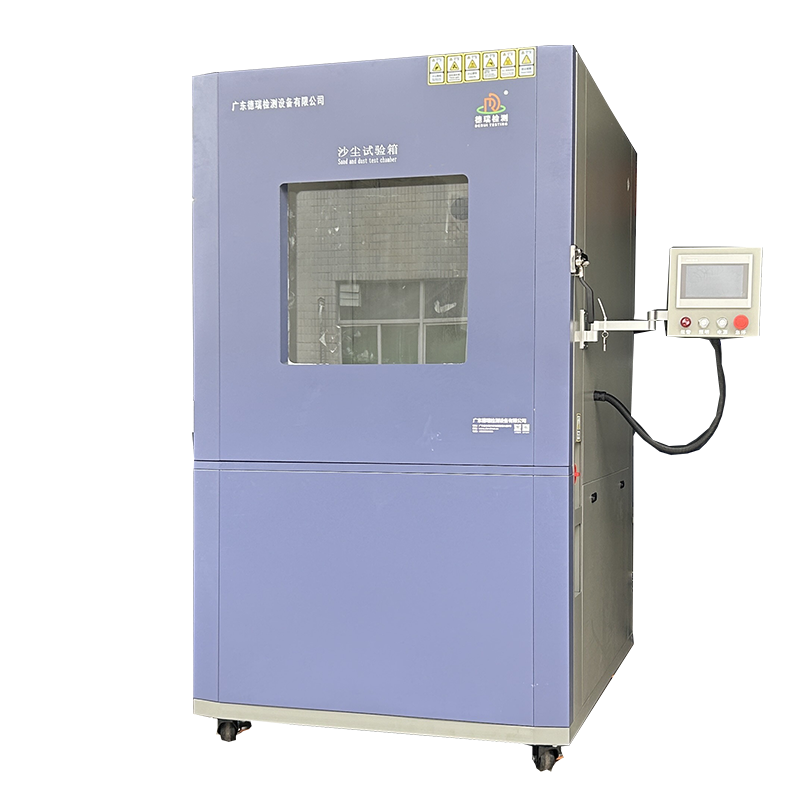




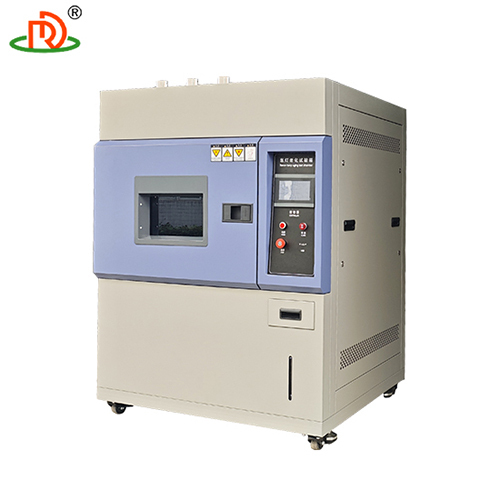
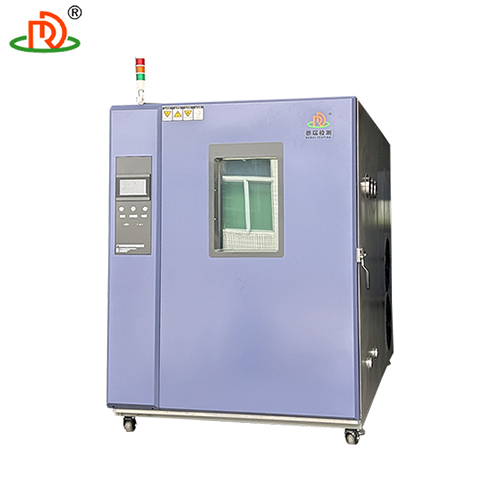
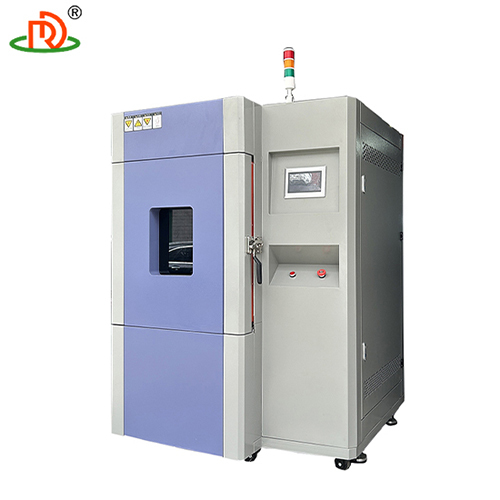
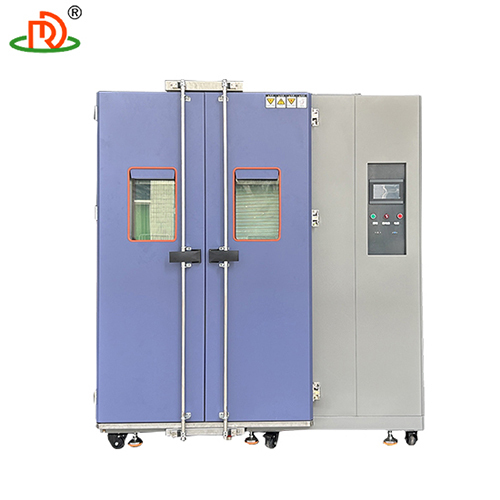

 English
English Spanish
Spanish French
French German
German Italian
Italian Chinese (Simplified)
Chinese (Simplified) Japanese
Japanese Korean
Korean Arabic
Arabic Portuguese
Portuguese